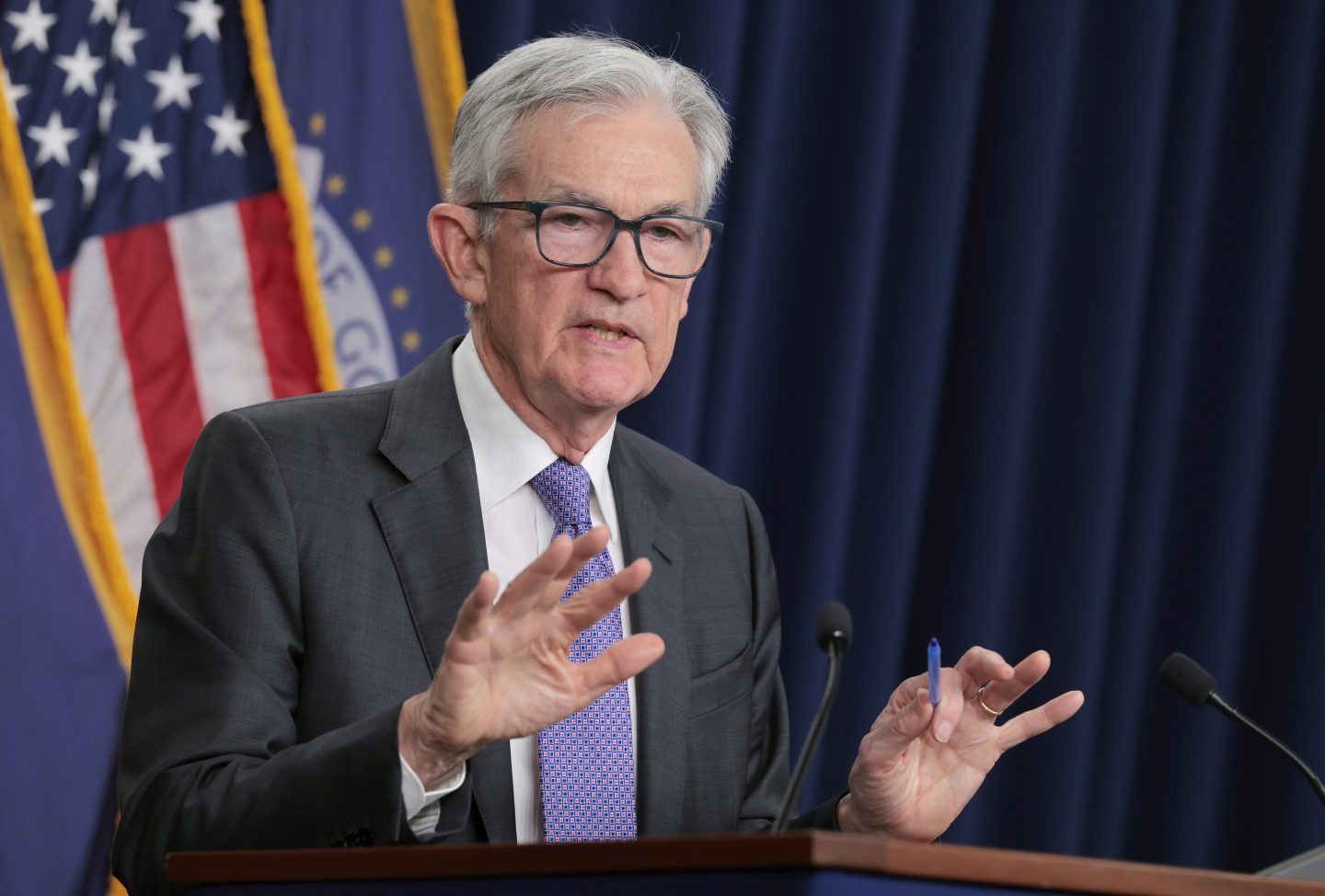Travelers through some of the busiest U.S. airports can expect to learn Thursday whether they’ll see fewer flights as the government shutdown drags into a second month.
The Federal Aviation Administration will announce the 40 “high-volume markets” where it is reducing flights by 10% before the cuts go into effect Friday, said agency administrator Bryan Bedford. The move is intended to keep the air space safe during the shutdown, the agency said.
Experts predict hundreds if not thousands of flights could be canceled. The cuts could represent as many as 1,800 flights and upwards of 268,000 seats combined, according to an estimate by aviation analytics firm Cirium.
“I’m not aware in my 35-year history in the aviation market where we’ve had a situation where we’re taking these kinds of measures,” Bedford said Wednesday. “We’re in new territory in terms of government shutdowns.”
Air traffic controllers have been working unpaid since the shutdown began Oct. 1. Most work mandatory overtime six days a week, leaving little time for side jobs to help cover bills and other expenses unless they call out.
Mounting staffing pressures are forcing the agency to act, Bedford said Wednesday at a news conference.
“We can’t ignore it,” he said, adding that even if the shutdown ends before Friday, the FAA wouldn’t automatically resume normal operations until staffing improves and stabilizes.
Bedford and Transportation Secretary Sean Duffy declined during the news conference to name the cities and airports where they will slow air traffic, saying they wanted to first meet with airline executives to figure out how to safely implement the reductions.
Major airlines, aviation unions and the broader travel industry have been urging Congress to end the shutdown, which on Wednesday became the longest on record.
The shutdown is putting unnecessary strain on the system and “forcing difficult operational decisions that disrupt travel and damage confidence in the U.S. air travel experience,” said U.S. Travel Association President and CEO Geoff Freeman in a statement.
Duffy warned on Tuesday that there could be chaos in the skies if the shutdown drags on long enough for air traffic controllers to miss their second full paycheck next week.
Duffy said some controllers can get by missing one paycheck, but not two or more. And he has said some controllers are even struggling to pay for transportation to work.
Staffing can run short both in regional control centers that manage multiple airports and in individual airport towers, but they don’t always lead to flight disruptions. Throughout October, flight delays caused by staffing problems had been largely isolated and temporary.
But the past weekend brought some of the worst staffing issues since the start of the shutdown.
From Friday to Sunday evening, at least 39 air traffic control facilities reported potential staffing limits, according to an Associated Press analysis of operations plans shared through the Air Traffic Control System Command Center system. The figure, which is likely an undercount, is well above the average for weekends before the shutdown.
During weekends from Jan. 1 to Sept. 30, the average number of airport towers, regional control centers and facilities monitoring traffic at higher altitudes that announced potential staffing issues was 8.3, according to the AP analysis. But during the five weekend periods since the shutdown began, the average more than tripled to 26.2 facilities.
___
Associated Press journalist Christopher L. Keller contributed from Albuquerque, New Mexico.












